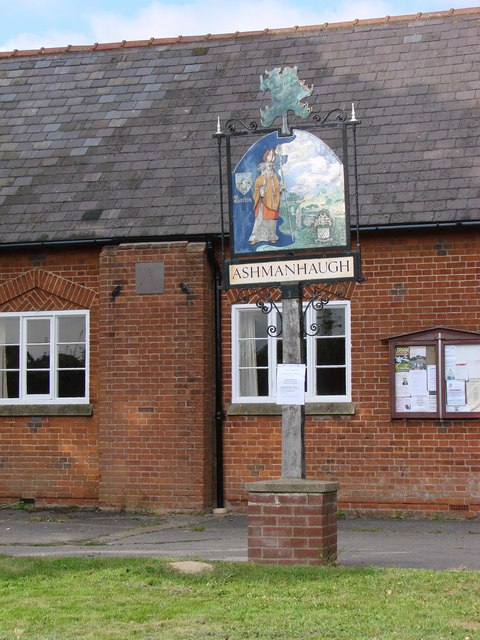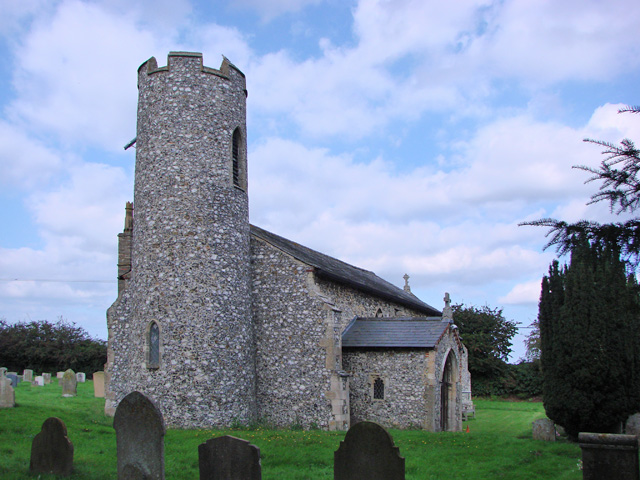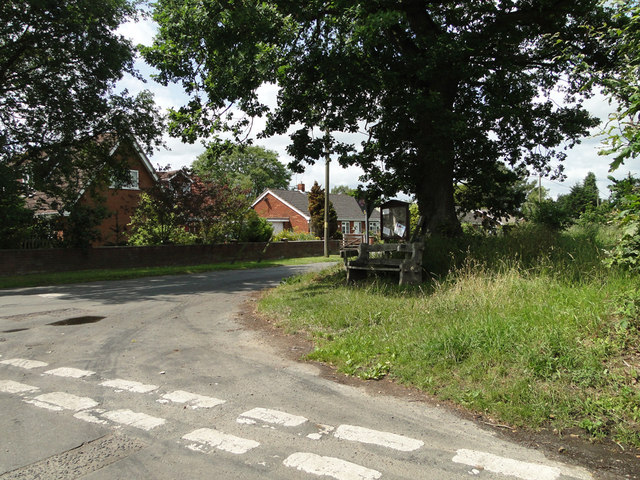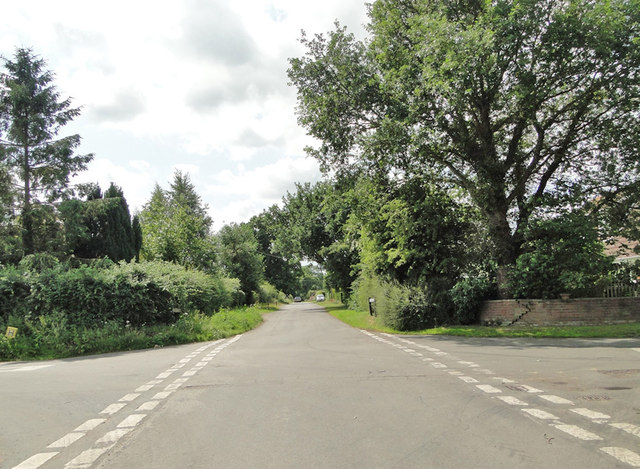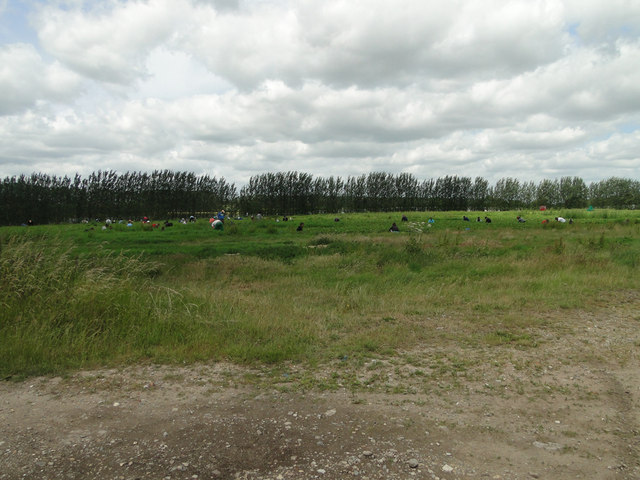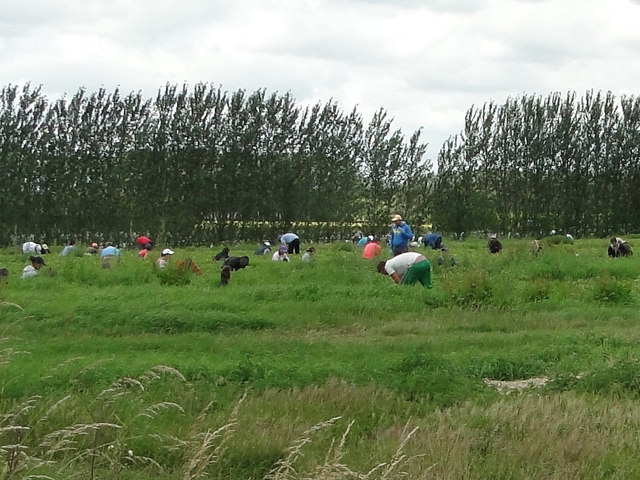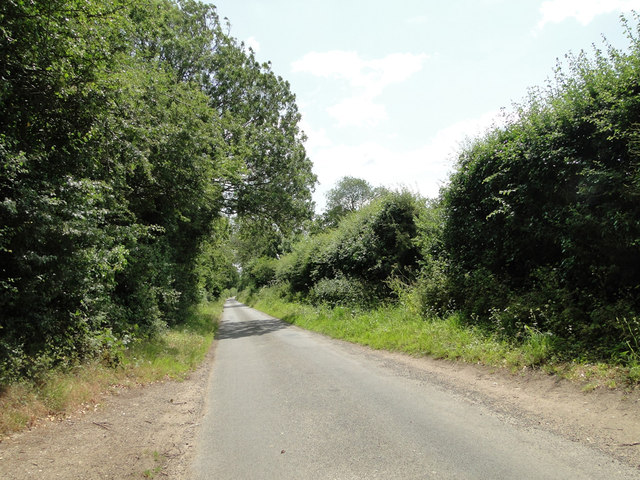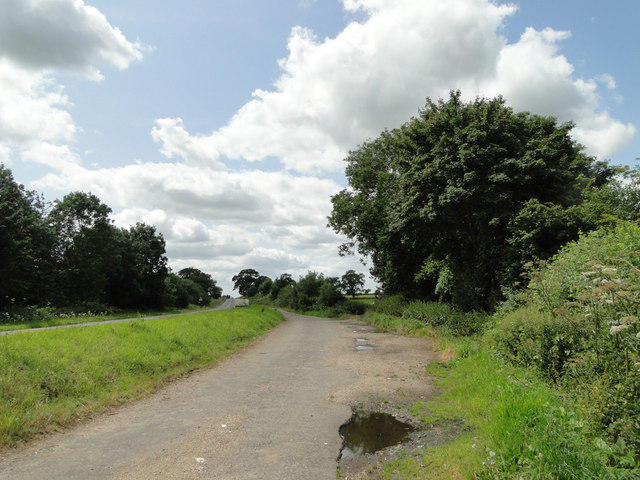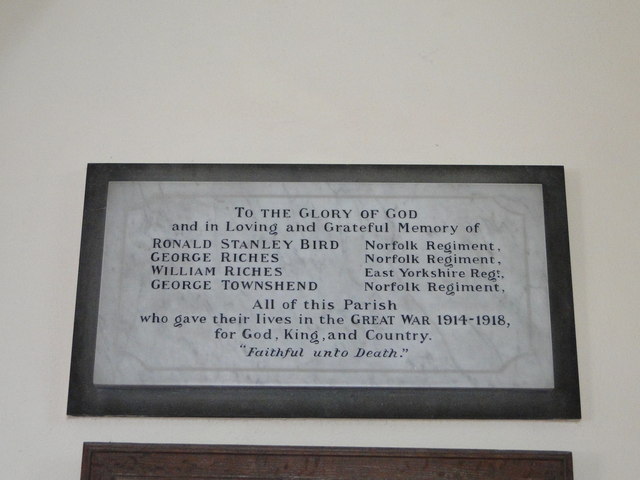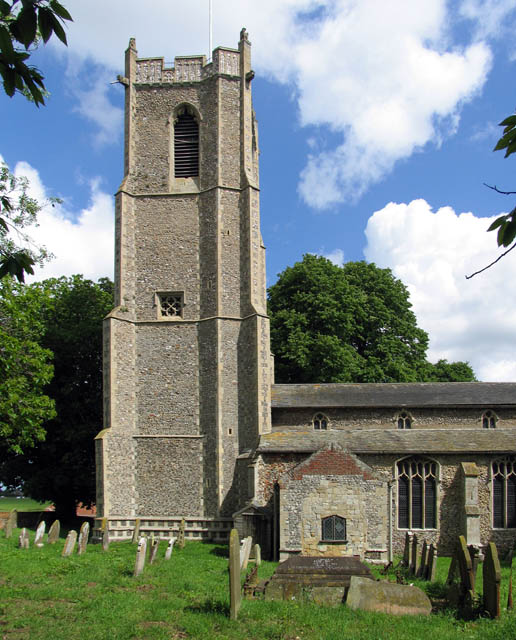Barn Plantation
Wood, Forest in Norfolk North Norfolk
England
Barn Plantation

Barn Plantation, located in Norfolk, England, is a picturesque woodland area known for its natural beauty and rich biodiversity. Spanning over acres of land, it is a designated forest and a haven for nature enthusiasts and wildlife enthusiasts alike.
The plantation is characterized by its dense canopy of trees, predominantly comprising oak, beech, and pine species. These towering trees create a mesmerizing landscape, providing shade and a habitat for a variety of flora and fauna. In addition to the trees, an array of wildflowers, shrubs, and ferns can be found carpeting the forest floor, adding to its vibrant ecosystem.
The plantation is home to a diverse range of wildlife. Visitors may encounter deer, foxes, rabbits, and a wide variety of bird species, including owls, woodpeckers, and songbirds. The tranquil atmosphere of the woodland is perfect for birdwatching and nature photography.
Barn Plantation offers an extensive network of walking trails, allowing visitors to explore the forest at their own pace. These trails are well-maintained and provide access to various points of interest within the plantation. Along the way, visitors may come across charming ponds, babbling brooks, and ancient ruins, adding to the enchanting atmosphere of the woodland.
Whether one is seeking a peaceful escape from the hustle and bustle of daily life or an opportunity to connect with nature, Barn Plantation in Norfolk is a destination worth exploring. Its natural beauty, diverse wildlife, and well-maintained trails make it a haven for outdoor enthusiasts and a must-visit location for anyone seeking to immerse themselves in the beauty of nature.
If you have any feedback on the listing, please let us know in the comments section below.
Barn Plantation Images
Images are sourced within 2km of 52.737144/1.4419542 or Grid Reference TG3221. Thanks to Geograph Open Source API. All images are credited.


![Beeston Hall This fine country house is attributed to the architect William Wilkins of Norwich. It was built in 1786 for Jacob Preston near the site of an older mansion which was torn down. The surrounding park, now largely given over to farming, is believed to have been laid out at around the same time.
In the 1940s, Beeston Hall was owned by Sir Thomas Preston, O.B.E (1886-1976), 6th baronet, who spent most of his time overseas. As a young man, he went on mining expeditions in northern Siberia prospecting for gold and he later joined the Diplomatic Service. He was British Consul in Ekaterinburg at the time of the murder in 1918 by the Bolsheviks of Tsar Nicholas II and the Russian Imperial family. Sir Thomas was succeeded by his eldest son, Sir Ronald Douglas Hildebrand Preston, 7th Baronet, who served as a Major in the Intelligence Corps and later worked for Reuters and The Times as a foreign correspondent. He was also a member of the SOE (Special Operations Executive, a covert military organisation).
From 1940 to 1942, Beeston Hall housed the Norfolk Auxiliary Units&#039; administrative headquarters and it was here where Captain Nigel Oxenden [later Major Nigel Oxenden MC] and his staff were based. Although the Hall is surrounded by extensive park and farmland, no training exercises appear to have been held at Beeston.
At present, the estate is known as the Beeston Hall Arabian Stud.
(Picture taken by kind permission of the owner.)](https://s1.geograph.org.uk/geophotos/04/36/62/4366233_174a9e27.jpg)
![Beeston Hall This fine country house is attributed to the architect William Wilkins of Norwich. It was built in 1786 for Jacob Preston near the site of an older mansion which was torn down. The surrounding park, now largely given over to farming, is believed to have been laid out at around the same time.
In the 1940s, Beeston Hall was owned by Sir Thomas Preston, O.B.E (1886-1976), 6th baronet, who spent most of his time overseas. As a young man, he went on mining expeditions in northern Siberia prospecting for gold and he later joined the Diplomatic Service. He was British Consul in Ekaterinburg at the time of the murder in 1918 by the Bolsheviks of Tsar Nicholas II and the Russian Imperial family. Sir Thomas was succeeded by his eldest son, Sir Ronald Douglas Hildebrand Preston, 7th Baronet, who served as a Major in the Intelligence Corps and later worked for Reuters and The Times as a foreign correspondent. He was also a member of the SOE (Special Operations Executive, a covert military organisation).
From 1940 to 1942, Beeston Hall housed the Norfolk Auxiliary Units&#039; administrative headquarters and it was here where Captain Nigel Oxenden [later Major Nigel Oxenden MC] and his staff were based. Although the Hall is surrounded by extensive park and farmland, no training exercises appear to have been held at Beeston.
At present, the estate is known as the Beeston Hall Arabian Stud.
(Picture taken by kind permission of the owner.)](https://s3.geograph.org.uk/geophotos/04/36/62/4366235_2e6285be.jpg)

Barn Plantation is located at Grid Ref: TG3221 (Lat: 52.737144, Lng: 1.4419542)
Administrative County: Norfolk
District: North Norfolk
Police Authority: Norfolk
What 3 Words
///host.aspect.cherubs. Near Hoveton, Norfolk
Nearby Locations
Related Wikis
Hoveton Hall
Hoveton Hall in the parish of Hoveton in Norfolk is a Regency-style country house made of gault brick with a slate roof. It was built between 1809 and...
Ashmanhaugh
Ashmanhaugh is a village and civil parish in the English county of Norfolk, situated some 20 km north east of Norwich. See Inside the churches of St Swithins...
Neatishead
Neatishead ( NEET-stəd) is a village and civil parish in the English county of Norfolk. The village is situated some 20 km (12 mi) north-east of the city...
St Michael and All Angels Church, Barton Turf
St Michael and All Angels is the Church of England parish church of Barton Turf in the county of Norfolk in England. See Inside here. It stands about a...
Smallburgh
Smallburgh is a village and a civil parish in the English county of Norfolk. The village is fourteen miles (21 km) south-east of Cromer, fourteen miles...
Bewilderwood
BeWILDerwood is an adventure park for families located in Horning, a parish in the English county of Norfolk. Self-described as a "curious treehouse adventure...
Anchor Street
Anchor Street is a village in Norfolk, England.
Tunstead, Norfolk
Tunstead is a village and a civil parish in the English county of Norfolk. The village is 10.7 miles north north east of the city of Norwich, 15 miles...
Related Videos
Family Day at Wroxham Barns
On Good Friday we had a lovely family day out at Wroxham Barns in Norfolk. Come along and enjoy the day with us.
Norfolk Broads - Neatishead Staithe to Wayford Bridge- Time Lapse
October 26, 2020.
Boat Trip - Day 1 (Leaving the World’s most haunted Abbey)
We didn't see any ghosts but we saw nice views & cows You're going to see all the footage from our trip During the ...
Nearby Amenities
Located within 500m of 52.737144,1.4419542Have you been to Barn Plantation?
Leave your review of Barn Plantation below (or comments, questions and feedback).

